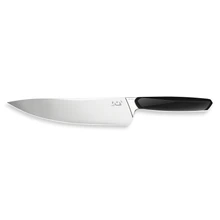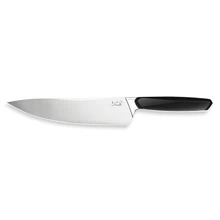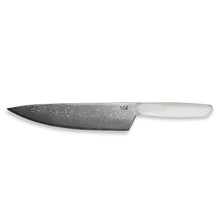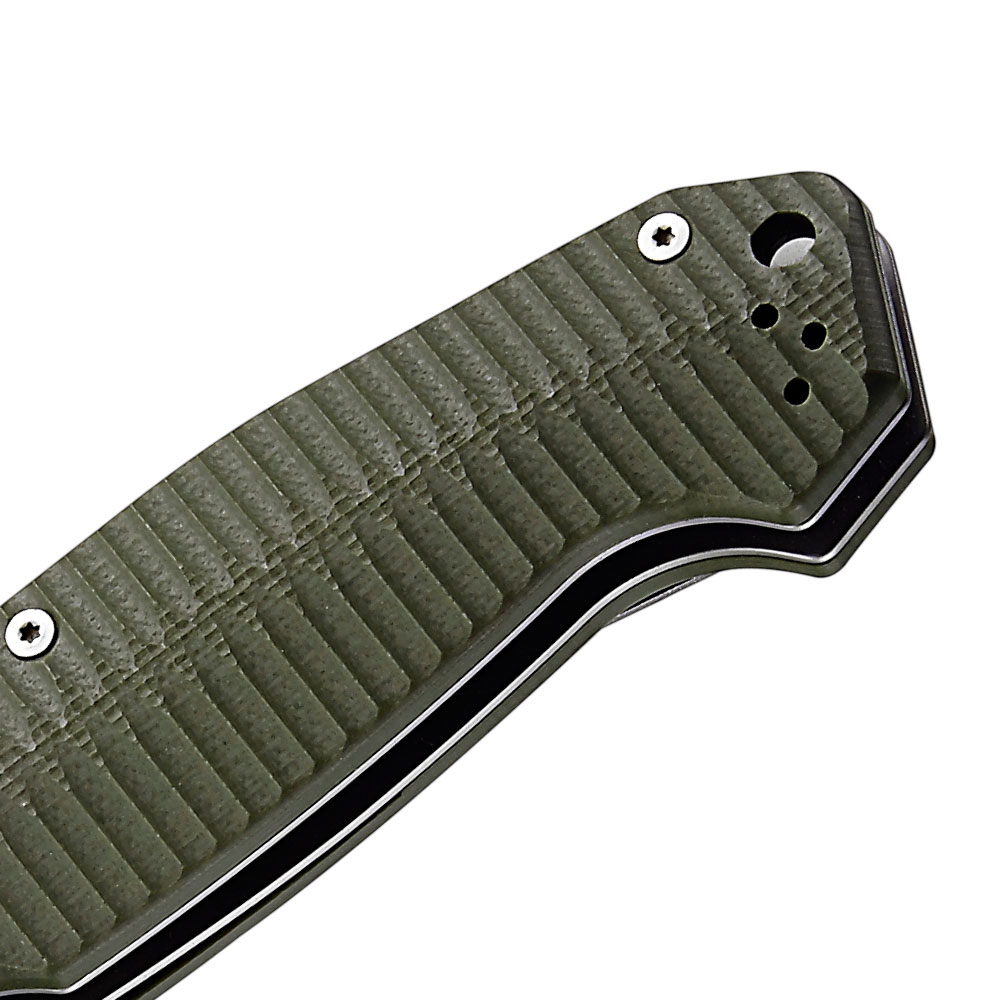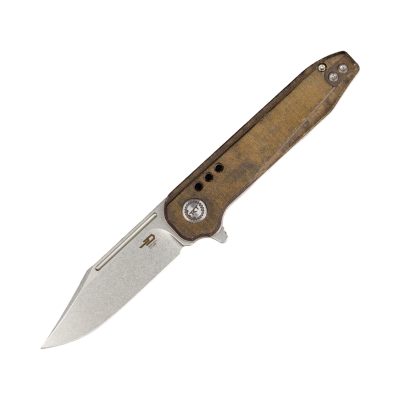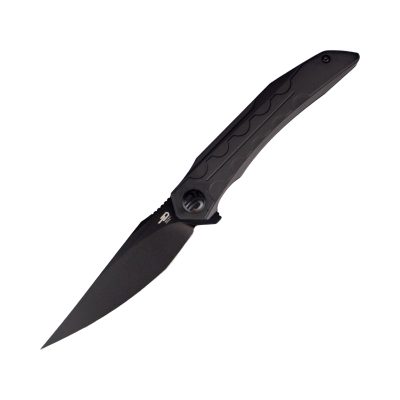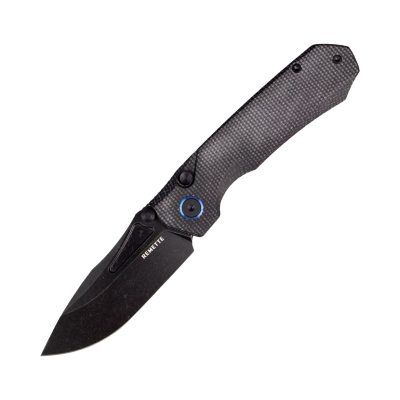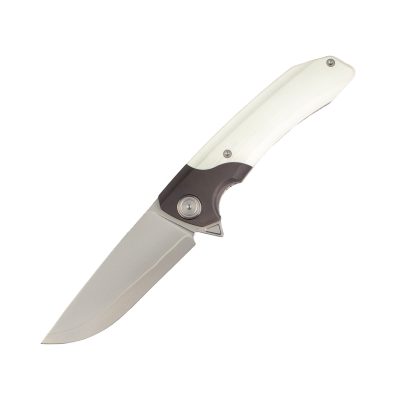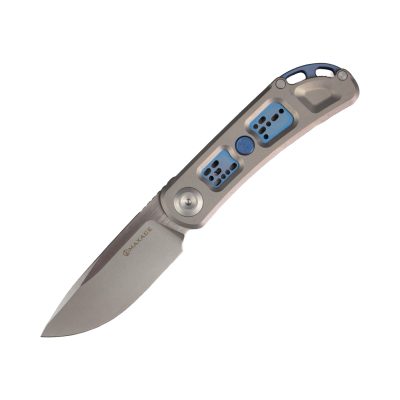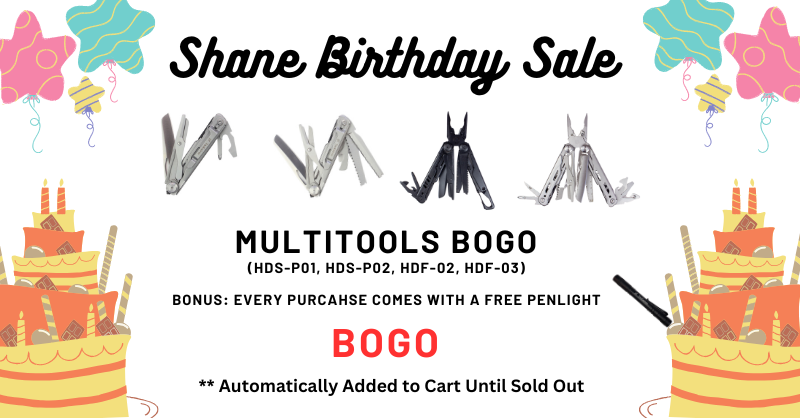Handle materials abound, and sometimes selecting an ideal one can feel challenging. One of the most popular handle materials is G-10, a moniker that calls to mind its synthetic origins, but offers little information beyond that. What is G-10? Why does it appear on every style of knife, folding pocket knives included? And ought you to consider buying a knife with a G-10 handle?
G-10 and Its Place Among Other Composite Laminates
In order to understand the ubiquity of G-10 in the output of both budget and high-end knife makers, it helps to know a little about the family of products to which it belongs. G-10 is a kind of composite laminate, a type of material that is (to put it simple) greater than the sum of its parts. To add a little more complexity, imagine some ancient civilization seeking to build structures with more permanence than that afforded by logs and planks, a civilization that discovers how air-dried bricks bind together more easily when combined with straw or some other fibrous material. This is an early example of a composite material, which we could define as any product constituted out of two or more combined materials. Other old examples include Mesopotamian plywood (multi-layered wood and glue) and Mongol bows (wood, bone, ligament, fabric, and rendered keratin glue).
However, these sorts of composite materials weren’t laminates, a term that indicates the inclusion of some sort of binding agent that permanently binds the other elements together. The more technical word for this agent is “matrix,” and prior to the 19th century, the only laminating matrices regularly used were mud in adobe construction and glue in papier-mâché. Resins in the form of tree saps existed, but they were primarily employed for sealing, not to create a strong, suspended material. That changed when canoe manufacturers in the 1800s attempted to craft a new hull material by combining shellac and pulped paper. Although this effort failed somewhat dramatically, it opened the door for other developments such as FRP (plastic polymer and fiberglass) and Bakelite (phenol formaldehyde resin and cellulose).
G-10 belongs to a class of composite laminates known as high-pressure laminates (HPLs). These kinds of laminates cure their matrices and composites by applying pressures up to 2,000 psi. Some common examples of HPLs include Formica (Bakelite and wrapped woven fabric), Arborite (paper and phenolic and melamine resin), and Micarta (thermosetting plastic and most commonly paper, canvas, or linen). Out of these HPLs, Micarta is likely the one that OTF enthusiasts are most familiar with since it has featured in knife handles for decades. Variable in its composition, Micarta can feature matrix ingredients as different as melamine, epoxy, and silicone, and instead of paper or cloth, it may also include fibrous material such as cork, fiberglass, or carbon fiber. Such diversity has contributed to Micarta’s popularity — but the same cannot be said of its close cousin, G-10.
The Composition and Practical Benefits of G-10
Upon first glance, G-10 seems incredibly similar to Micarta. It’s also an HPL and employs epoxy as its matrix material. However, distinguishing differences become more apparent when we consider the other material it employs: fiberglass.
During the manufacturing process of G-10, sheets of fiberglass “fabric” get soaked in epoxy. This type of glass cloth (to use a technical term) provides G-10 with many of its distinguishing characteristics. Yes, the material has drawbacks, such as decreased flexibility when compared to more traditional fibers. But after being pressed just like other HPLs, the end result is an incredibly thin laminate than won’t readily flex, eliminating that downside.
The benefits provided by this glass cloth-infused resin are many, the most obvious being strength and durability. Glass cloth originally served as a UV filter in greenhouses, permitting the transmission of visible light while preventing exposure to dangerous rays. However, since glass cloth is, in fact, glass, it also won’t burn, which led to its use in skirting for hot-air balloons and professional race cars. Once all of those thin layers become strengthened by the cured epoxy, they become incredibly tough, so much so that at least one light-sport aircraft employs it in its structure and skin. Other common applications include robotics, firearms, electronics insulation, machined parts, circuit board, and the fabrication of certain parts on marine vessels. That toughness translates into knife handles that can easily stand up to everyday use and even rough survival contexts. It won’t rust, discolor, or mold, and it resists impacts that would chip other kinds of materials.
It might seem strange to praise the hardiness of G-10 given that metallic handles like stainless steel or textured aluminum are inherently stronger. But an advantage that G-10 has over them is how easy it is to form and shape. Because of its thinness and relatively high flexibility during fashioning, it’s quite simple to transform into virtually any shape a manufacturer would like. The same cannot be said for metals, which require more effort and machining to realize similar results.
A related advantage is the fact that using G-10 for knife handles results in uniform batching. As beautiful as natural materials such as wood, bone, nacre (i.e., mother-of-pearl), and the like are, they cannot look the same from knife to knife. This may lead to disappointment for consumers if they end up with a pattern they don’t like. Because it’s so simple to shape and craft, G-10 allows knife makers to turn out one identical handle after another.
Another benefit to G-10 is how it is non-reactive. Many different kinds of chemicals won’t prompt a change in the material, including salt water. In fact, G-10 can almost be called waterproof. It also won’t absorb liquids it comes in contact with.
Unlike various other kinds of synthetic handles, G-10 is generally considered pleasant to hold. Many man-made handles gather complaints about how they feel slick, slippery, and overall unpleasant in the hand. For lack of a better word, G-10 remains “grippy” in all sorts of conditions.
The final benefit of G-10 is one that’s admittedly subjective. Still, many find the material aesthetically pleasing. It’s easy to color and consistently style, which means that manufacturers can create very specific designs intended for discrete demographics.
Why Do Some People Prefer Handle Materials Other Than G-10?
The knife market abounds not only with blade styles and steels, but also with handle materials — many of which aren’t G-10. Why do some people prefer other materials over it?
A lot of the reason for different selections boils down to preference. Some simply don’t like the texture, and others would rather have a different appearance. Still others would rather use natural materials. Such predilections are perfectly fine, but purchasers should understand that they usually come with a bump up in price.
Is a G-10 Pocket Knife Right for You?
There’s good reason why G-10 has become so popular among modern knife makers. In addition to providing abundant value, it offers strength, style, resistance to wear and tear, and (for most) a pleasant hand feel. If you’d like a working knife appropriate for any environment or task, then a G-10 knife is likely right for you. To browse our selection of knives with G-10 handles, click here.
Browse Our Folding Pocket Knives
-
$79.00Original price was: $79.00.$54.95Current price is: $54.95. Select options This product has multiple variants. The options may be chosen on the product page -
$69.00Original price was: $69.00.$54.95Current price is: $54.95. Select options This product has multiple variants. The options may be chosen on the product page -
$129.95 Select options This product has multiple variants. The options may be chosen on the product page
-
Rated 4.00 out of 5$157.25 Select options This product has multiple variants. The options may be chosen on the product page

